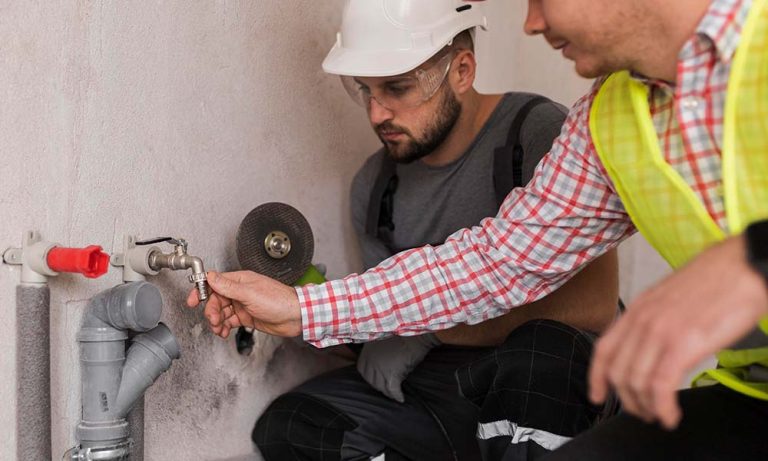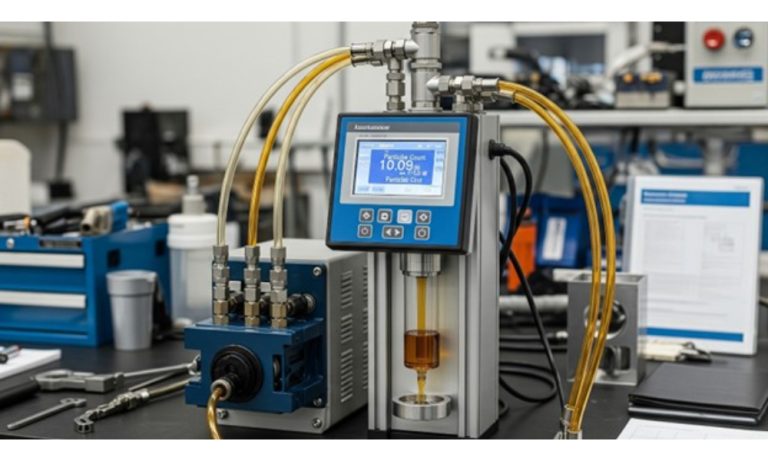Your roof is one of the most critical components of your home, providing protection from the elements and maintaining structural integrity. Over time, however, wear and tear can take their toll, compromising the performance and lifespan of your roofing system.
Recognizing the signs of roof damage early on is crucial for preventing costly repairs and ensuring the safety and longevity of your home. Here are five signs that it’s time to replace your roofing:
1. Age of the Roof
One of the most significant indicators that it’s time to replace your roofing is its age. Most roofing materials have a lifespan of 20 to 30 years, depending on factors such as material type, climate, and maintenance.
If your roof is approaching or has exceeded its expected lifespan, it may be susceptible to deterioration, leaks, and other issues that compromise its performance. Consider the age of your roof and consult with a professional roofing contractor to determine if residential roofing replacement is necessary to avoid potential problems down the line.
2. Curling or Buckling Shingles
Inspect the shingles on your roof for signs of curling, buckling, or warping, as these are common indicators of roof damage. Curling shingles may be caused by prolonged exposure to sunlight, moisture, and temperature fluctuations, leading to loss of adhesion and protection.
Buckling shingles, on the other hand, may result from improper installation, inadequate ventilation, or underlying structural issues. If you notice curling or buckling shingles on your roof, it’s essential to address the issue promptly by roof repairs to prevent water infiltration and further damage to your home’s interior.
3. Missing or Damaged Shingles
Missing or damaged shingles can leave your roof vulnerable to leaks, water damage, and structural deterioration. Inspect your roof regularly for signs of missing, cracked, or broken shingles, especially after severe weather events such as storms, high winds, or hail.
Missing shingles may indicate underlying issues such as roof decay, improper installation, or inadequate fastening. Damaged shingles, meanwhile, can compromise the integrity of your roof and increase the risk of water infiltration and mold growth.
4. Water Stains or Leaks in the Attic
Water stains or leaks in the attic are clear indications of roof damage and should be addressed immediately to prevent further deterioration and structural issues. Inspect the interior of your attic regularly for signs of water infiltration, such as damp spots, water stains, or mold growth on the ceiling or walls.
Pay attention to areas around chimneys, vents, skylights, and other roof penetrations, as these are common entry points for water intrusion. If you notice any signs of water damage in your attic, it’s crucial to have your roof inspected by a professional roofing contractor to identify the source of the problem and determine the appropriate course of action.
5. Sagging or Drooping Roof
A sagging or drooping roof is a severe structural issue that requires immediate attention and may indicate significant roof damage or structural failure. Sagging rooflines can be caused by various factors, including water damage, rotting wood, deteriorating roof supports, and inadequate ventilation.
If you notice any signs of sagging or drooping in your roof, it’s essential to contact a qualified roofing contractor immediately to assess the extent of the damage and determine the best course of action. Ignoring sagging or drooping roofs can lead to further structural damage, safety hazards, and costly repairs down the line.















